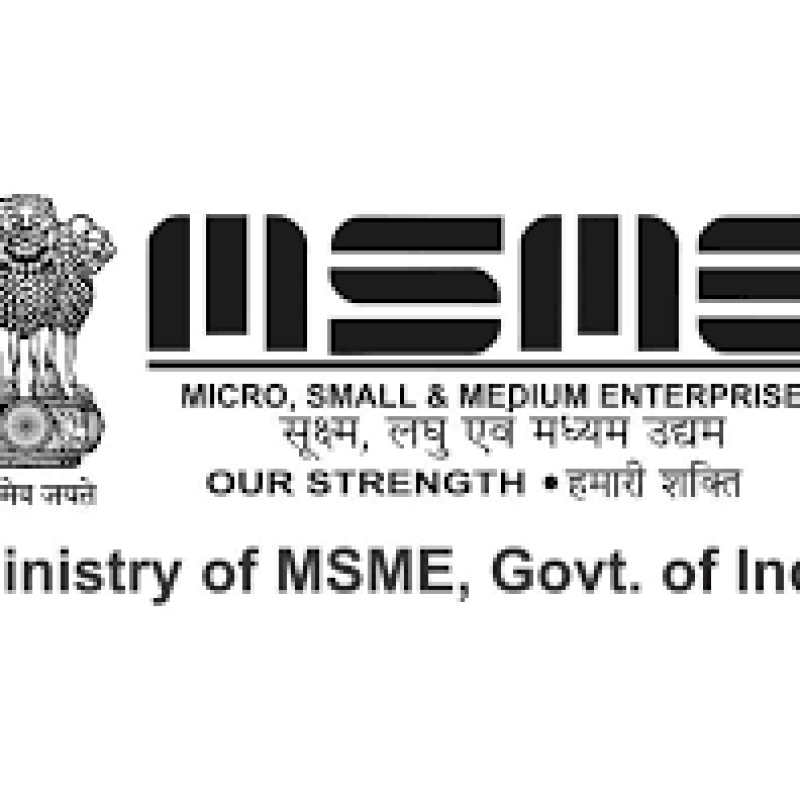Overview of GST
The Goods and Services Tax (GST) is a comprehensive, multi-stage, destination-based tax that replaced multiple indirect taxes in India since July 2017. Simplifying the tax structure, GST has made compliance easier for over 1.2 crore businesses, leading to a 14% increase in tax revenue. According to a KPMG survey, 80% of businesses reported improved ease of doing business post-GST implementation. The types of GST are:
CGST: Central GST
SGST: State GST
IGST: Integrated GST (for inter-state transactions)
Current GST Registration Threshold Limits:
The GST registration threshold limits vary based on the nature of the business (goods or services) and the state in which the business operates. Here’s a detailed breakdown:
For Suppliers of Goods:
General Category States: The threshold limit for GST registration is Rs. 40 lakhs.
Special Category States: For states like Arunachal Pradesh, Assam, Himachal Pradesh, Jammu & Kashmir, Manipur, Meghalaya, Mizoram, Nagaland, Sikkim, Tripura, and Uttarakhand, the threshold limit is Rs. 20 lakhs.
For Service Providers:
General Category States: The threshold limit is Rs. 20 lakhs.
Special Category States: The threshold limit is Rs. 10 lakhs.
For Mixed Suppliers (Goods and Services):
The higher threshold limit applies. For instance, if a business deals in both goods and services in a general category state, the threshold limit would be Rs. 40 lakhs.
Special Cases and Considerations
Voluntary Registration: Businesses with turnover below the threshold can opt for voluntary GST registration to avail benefits like input tax credit, enhanced credibility, and seamless interstate transactions.
Casual Taxable Person and Non-Resident Taxable Person: These entities must register for GST regardless of turnover and cannot avail the threshold limit benefit.
Reverse Charge Mechanism (RCM): Under RCM, the recipient of goods or services is liable to pay GST instead of the supplier. Businesses must account for RCM transactions even if their turnover is below the threshold limit.
E-Commerce Operators: Entities supplying goods or services through e-commerce platforms must register for GST irrespective of their turnover.
Interstate Supply: Businesses engaged in interstate supply of goods or services must register for GST regardless of their turnover, though there are exceptions for service providers up to a certain limit.
Mandatory GST Registration Within 30 Days of Exceeding Threshold
If your business exceeds the GST threshold limit, it is mandatory to apply for GST registration within 30 days from the date the threshold was crossed. This is crucial to ensure compliance with the GST laws and to avoid any potential penalties. Timely registration not only keeps you legally compliant but also allows you to take advantage of various benefits like the input tax credit and enhanced market credibility. Ensure you monitor your turnover closely and initiate the registration process as soon as you cross the specified limit to maintain smooth business operations.
Compliance and Benefits of GST Registration
Compliance Requirements:
Regular Returns: Monthly or quarterly returns depending on the turnover and nature of the business.
Record Maintenance: Accurate records of all business transactions.
Invoicing: Issuance of GST-compliant invoices.
Benefits of GST Registration:
Input Tax Credit: Ability to claim input tax credit on purchases.
Increased Business Opportunities: Enhanced credibility and trust among customers and vendors.
Seamless Operations: Easier compliance with interstate trade and e-commerce platforms.
Legal Compliance: Avoidance of penalties and legal issues.
Step-by-Step Guide to GST Registration:
Visit the GST Portal: Access the official GST portal (www.gst.gov.in).
Create an Account: Generate a Temporary Reference Number (TRN) by providing your PAN, email, and mobile number.
Fill the Application: Complete Form GST REG-01 with the required details.
Upload Documents: Submit necessary documents like PAN card, proof of business registration, address proof, and bank account details.
Verification: The GST officer will verify your application and documents.
GSTIN Allocation: Upon successful verification, you will receive your GST Identification Number (GSTIN).
FAQs
1. What is GST registration?
- GST registration is the process by which a taxpayer gets registered under Goods and Services Tax, enabling them to collect tax on behalf of the government and avail input tax credit.
2. What are the benefits of GST registration?
- Benefits include legality in collecting taxes from customers, availing input tax credit on purchases, and complying with legal requirements.
3. Is GST registration mandatory for all businesses?
- Yes, if your turnover exceeds the prescribed threshold limit, GST registration is mandatory. Usually, it's 40 lakhs for goods and 20 lakhs for services. Refer above for specific cases.
4. Can a business voluntarily register for GST even if turnover is below the threshold?
- Yes, a business can opt for voluntary GST registration to avail input tax credit and other benefits.
5. What's the time limit for registering after crossing the threshold limit?
- Typically, businesses must register for GST within 30 days from the date they exceed the threshold turnover limit.
6. What if I don't register for GST after crossing the threshold?
- If you fail to register for GST after crossing the threshold limit, you may be liable to pay penalties and interest on the tax liability. It's essential to comply with registration requirements to avoid legal repercussions.
Conclusion
Understanding GST registration thresholds is crucial for compliance and leveraging benefits. Whether a small business, service provider, or interstate trader, knowing GST regulations impacts operations and financial health. Timely registration and compliance help avoid penalties and offer benefits like input tax credit and market credibility. For specific queries or assistance, consulting a tax professional is advisable.
For more queries and updates join our Whatsapp community
Expanding your business across states can offer tremendous growth opportunities. This blog delves into the key considerations and compliance requirements that businesses must navigate to ensure successful multi-state expansion. Learn about the essential steps and regulations that can help you avoid common pitfalls and streamline your expansion process
By Guruvind TanwerJul 16, 20248 mins read
Explore the concept of Input Tax Credit (ITC) in the Goods and Services Tax (GST) system, and learn how businesses can benefit by reducing their tax liabilities through this essential mechanism.
Discover how MSMEs (Micro, Small, and Medium Enterprises) are the backbone of India's economy, driving growth, innovation, and employment, while overcoming challenges with government support
"Mastering GST Return Filing: Your Complete Guide to Compliance" is your go-to resource for understanding the intricacies of GST return filing. Whether you're a small business owner or a seasoned entrepreneur, this comprehensive guide covers everything you need to know to navigate GST compliance with confidence. From understanding GST concepts to filing procedures and compliance tips.
This blog post is your one-stop guide! We break down recent updates impacting D2C food sales, insolvency processes, taxes, and financial compliance. Plus, we answer FAQs and provide resources to help you stay informed and compliant. Don't get caught off guard - ensure your business thrives in the dynamic Indian market
Employee welfare and statutory compliance are crucial aspects of running a business in India, particularly concerning ESIC (Employees' State Insurance Corporation) and PF (Provident Fund) registrations. These registrations ensure that businesses meet legal obligations towards their employees while maintaining regulatory compliance. Let's explore when and why ESIC and PF registrations are mandatory
GST is a comprehensive, multi-stage, destination-based tax levied on every value addition. It is designed to eliminate the cascading effect of taxes and create a unified national market.
Directors play a pivotal role in shaping a company's destiny. However, there may come a time when a director wishes to step down from their position due to disputes or personal reasons. In India, resigning as a director from a company is a well-established process, but it can become complex if the other directors or co-founders are not accepting your resignation. In such cases, understanding your
How to Surrender DIN (Director Identification Number)
In this article, we will discuss the Disadvantages of a Private Limited Company.
In this article, we will discuss the Disadvantages of an One Person Company.
In this article, we will discuss the disadvantages of a Limited Liability Partnership.



















